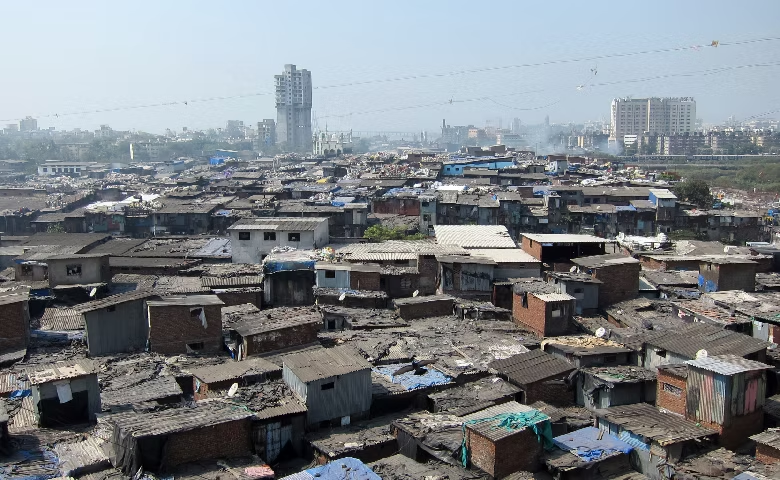Maharashtra CM Greenlights Dharavi Overhaul: A Vision for Sustainable Urban Renewal

Mumbai: On Wednesday, Maharashtra Chief Minister Devendra Fadnavis approved the master plan for the Dharavi Redevelopment Project, a significant step toward transforming one of Asia’s largest slums into a modern, sustainable neighborhood. The decision was finalized during a high-level meeting attended by Deputy Chief Minister Eknath Shinde and senior IAS officials.
The ambitious initiative, a collaboration between the Adani Group and the Maharashtra government, aims to redevelop approximately 600 acres of Dharavi, home to nearly 60,000 families. The approved plan emphasizes environmental sustainability and the preservation of the area’s economic vibrancy, particularly its micro-industries and artisanal trades. Chief Minister Fadnavis stressed that the rehabilitation of local craftsmen and small-scale business owners must take precedence, ensuring that Dharavi’s unique commercial identity remains intact.
According to officials, the project will provide every eligible resident with a home, though eligibility criteria may vary. The redevelopment is expected to unfold over seven years, integrating residential, commercial, and industrial spaces while upgrading infrastructure. Deputy Chief Minister Shinde directed relevant departments to fast-track necessary approvals to ensure smooth progress, as noted in a detailed presentation by Dharavi Redevelopment Project CEO Srinivas during the meeting.
However, the plan has sparked concerns among some residents, particularly regarding the rehabilitation of small-scale manufacturing and industrial units. Critics argue that clarity on worker rehabilitation remains limited, posing challenges to the project’s inclusive goals. Despite these concerns, the Chief Minister’s Office emphasized that eligible beneficiaries will receive space within the redeveloped area to maintain Dharavi’s economic fabric.
The Dharavi Redevelopment Project is described as a cornerstone of Mumbai’s vision to become slum-free, aligning with the state’s broader urban renewal objectives. As the initiative moves forward, coordination with local communities and sensitivity to their needs will be critical, Fadnavis noted, underscoring the importance of an integrated and sustainable approach.




